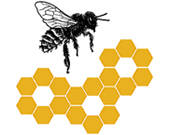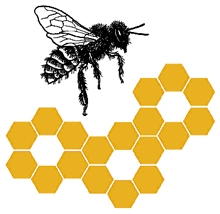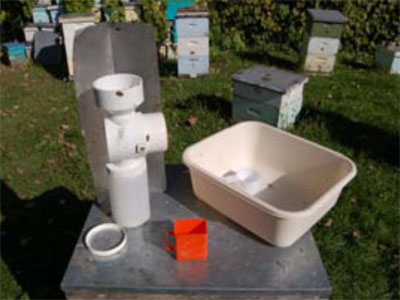 If your bees have Varroa, your bees have viruses.
If your bees have Varroa, your bees have viruses.
Authors: Philip A. Moore, Michael E. Wilson, and John A. Skinner
Department of Entomology and Plant Pathology, the University of Tennessee, Knoxville TN
Originally Published: August 21, 2014
Introduction
Varroa mites (Varroa spp.) are a ubiquitous parasite of honey bee (Apis spp.) colonies. They are common nearly everywhere honey bees are found, and every beekeeper should assume they have a Varroa infestation, if they are in a …





